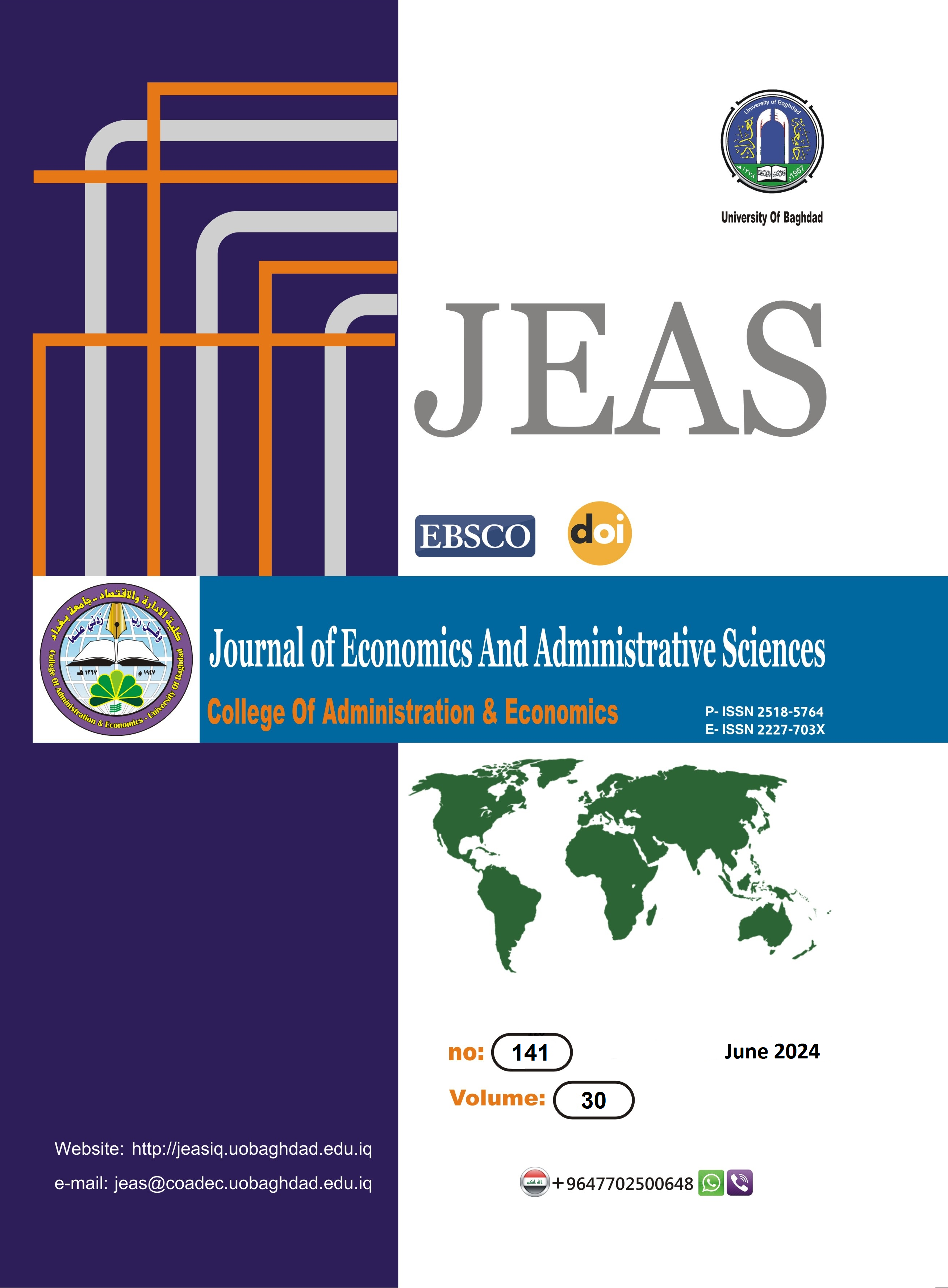Measuring The Level Of Strategic Thinking: An Analytical Research In The National Security Advisory
DOI:
https://doi.org/10.33095/sq81g508Keywords:
Strategic Thinking, National Security Advisory.Abstract
The current research derives its significance from its focus on the vital subject of strategic thinking. This topic has attracted the attention of researchers and managers alike, as well as the importance of the researched organization, the National Security Advisory, due to its strategic role in maintaining the country's security and stability. The research problem arises from neglecting the role of strategic thinking in the organization's success. The research aims to identify the level of incorporation of strategic thinking within the National Security Adviser, across its four dimensions. The research included a sample of (90) employees at all administrative levels in the National Security Advisory in a narrative analytical mythology. The questionnaire was the main tool for collecting data and information related to the respondents, and a number of statistical methods were used to obtain results through the SPSS program. The research reached a set of conclusions, the most prominent of which is the disparity in the embodiment levels of strategic thinking in the researched organization, as systems thinking came at the first level, followed by thinking in time, then intentional thinking and finally opportunistic thinking.
Downloads
Downloads
Published
Issue
Section
License
Copyright (c) 2024 Journal of Economics and Administrative Sciences

This work is licensed under a Creative Commons Attribution-NonCommercial-NoDerivatives 4.0 International License.
Articles submitted to the journal should not have been published before in their current or substantially similar form or be under consideration for publication with another journal. Please see JEAS originality guidelines for details. Use this in conjunction with the points below about references, before submission i.e. always attribute clearly using either indented text or quote marks as well as making use of the preferred Harvard style of formatting. Authors submitting articles for publication warrant that the work is not an infringement of any existing copyright and will indemnify the publisher against any breach of such warranty. For ease of dissemination and to ensure proper policing of use, papers and contributions become the legal copyright of the publisher unless otherwise agreed.
The editor may make use of Turtitin software for checking the originality of submissions received.


























